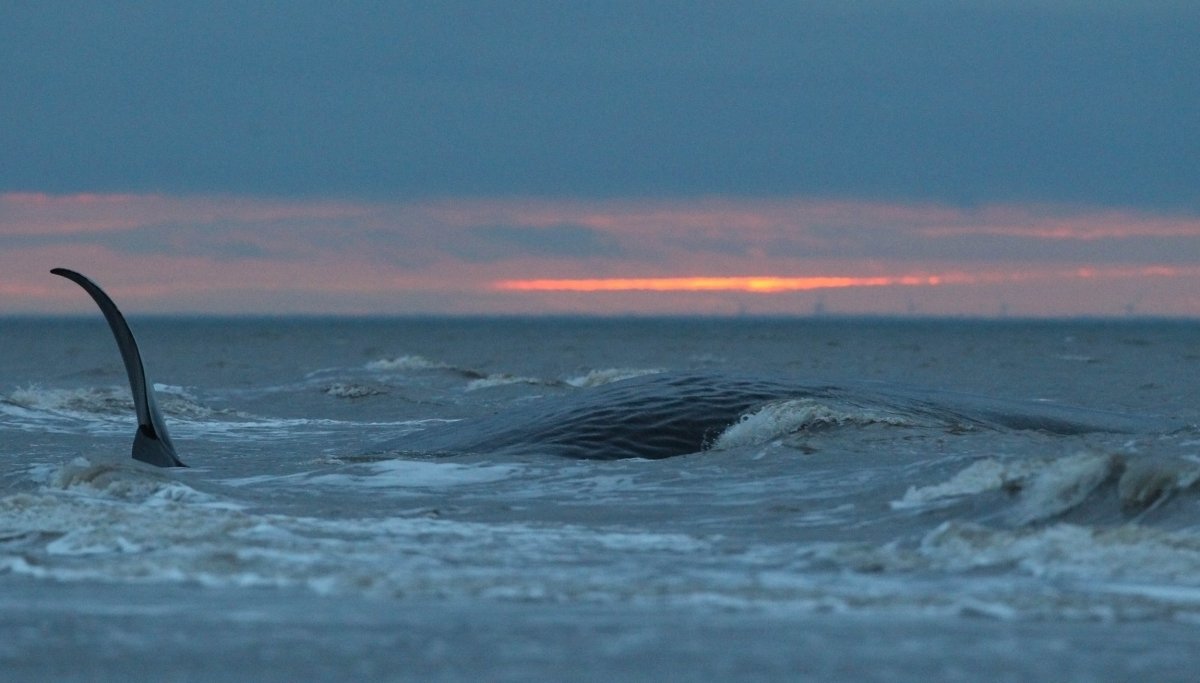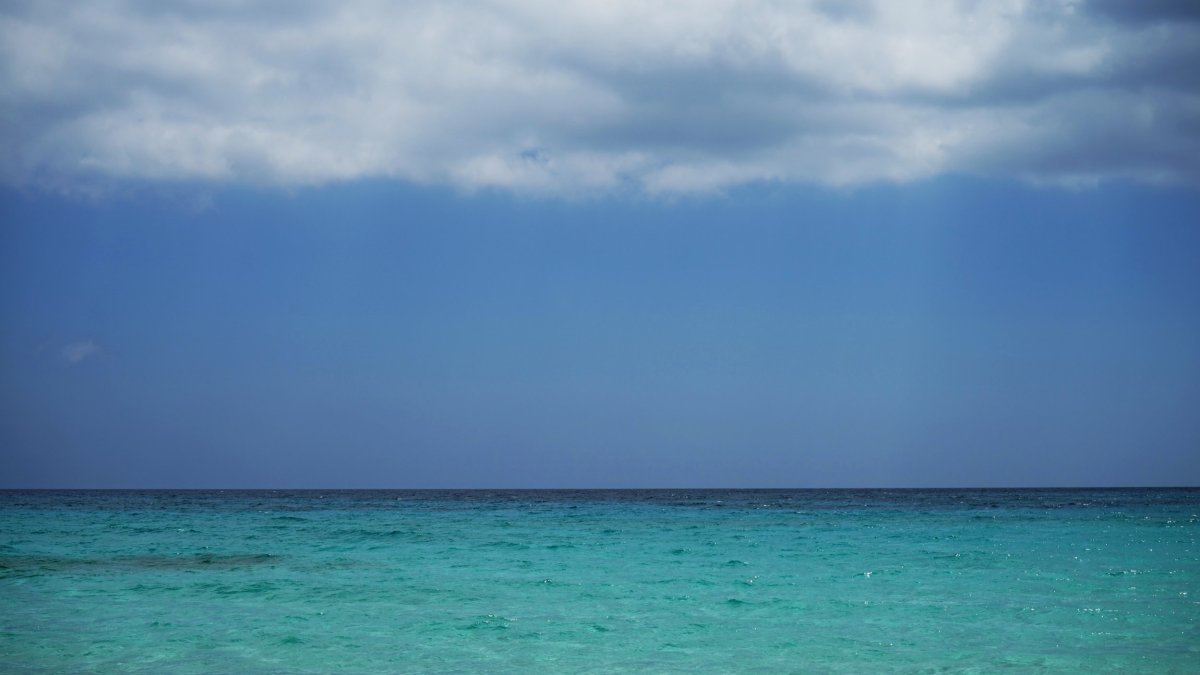
Updated | A double whirlpool, an ocean phenomenon also known as a smoke ring, has stayed together for longer than ever previously observed. The formation, spotted off the coast of Australia, is made of two linked eddies spinning in opposite directions, and can suck up marine creatures, sending them flying at high speeds through the water.
The pair of eddies was discovered spinning across the Tasman Sea off the southeast of Australia and in the South Atlantic, west of South Africa. It traveled about 1,000 miles in six months—around 5.5 miles a day, Chris Hughes, lead author and sea level science professor at the University of Liverpool, told Newsweek by email. That speed is 10 times faster than other single eddies in this region.
"There are lots of short-lived pairings of eddies, but this is the first time we have seen a pair that sticks together for long enough to move a long way compared to the size of the eddies," Hughes said.
This particular formation has some other unique traits. "A normal eddy spins just one way. These paired eddies are like half a smoke ring, with the 'loose ends' visible at the surface." Also, these smoke rings require calm water to function. The discovery was documented in a peer-reviewed but not-yet-published paper in Geophysical Research Letters in December. The paper is co-authored by Peter Miller, of Plymouth Marine Laborator in the U.K.
As for the effect this double whirlpool is having on the ocean ecology: "My thinking is that these linked, fast-moving eddies could 'suck-up' small marine creatures and carry them at high speed and for long distances across the ocean," Hughes said in a statement.
Marine researchers are captivated by eddies for many reasons. The water that forms them has a different temperature and nutrient content than the surrounding water, Hughes said. (The eddies forming the double whirlpool are rich in nutrients.) Eddies are quite common in the ocean, with some stretching more than 60 miles across. This rare pair was discovered by analyzing sea level measurements and sea surface temperature images from satellites.
But this double whirlpool phenomenon may be unique to these waters. "I've looked at other areas of other oceans but I've only seen them in the oceans around Australia, plus one in the South Atlantic," Hughes said in a statement.

Turbulence in ocean currents can spin off into eddies, which is how they are formed. "When they reach a certain strength they spontaneously start meandering and breaking up into eddies," Hughes told Popular Science. The formations can mix up ocean water by stirring up nutrients and move water across gyres—which are ocean current patterns that can stretch thousands of miles wide. That process transports heat from the equator to the poles, which "really wouldn't be possible without the eddies," Hughes said.
Eddies are beneficial to the oceans because of how they churn nutrients in the deeper parts of the oceans. Phytoplankton feed on those nutrients, which is crucial as they're the starting point of the food chain, Glenn Flierl, professor of oceanography science at Massachusetts Institute of Technology who was not involved in the research, told Newsweek. Flierl, however, also notes that some research suggests that when eddies brush up against the continental shelf, they can pull off zooplankton and fish larvae—which can reduce populations of those marine creatures.

Flierl said the unusual ocean features were rare in the combination of how they were paired and the length of time they stayed together—which was the key discovery in the latest research. Paired eddies are "probably rare in terms of long-lived features such as they're seeing," Flierl said. "I think it's probably not uncommon for neighboring eddies to push on each other for short periods, but then not stay together." The features tracked by the study authors eventually fell apart, but, said Flierl, "that was after quite a long time."
Scientists have known these paired eddies were theoretically possible, as determined by mathematicians in the 1970s. But, Hughes said, this is the first time such long-lasting eddies "have been seen anywhere."
This story has been updated with additional details about the study.
Uncommon Knowledge
Newsweek is committed to challenging conventional wisdom and finding connections in the search for common ground.
Newsweek is committed to challenging conventional wisdom and finding connections in the search for common ground.
About the writer
Sydney Pereira is a science writer, focusing on the environment and climate. You can reach her at s.pereira@newsweekgroup.com.
To read how Newsweek uses AI as a newsroom tool, Click here.








